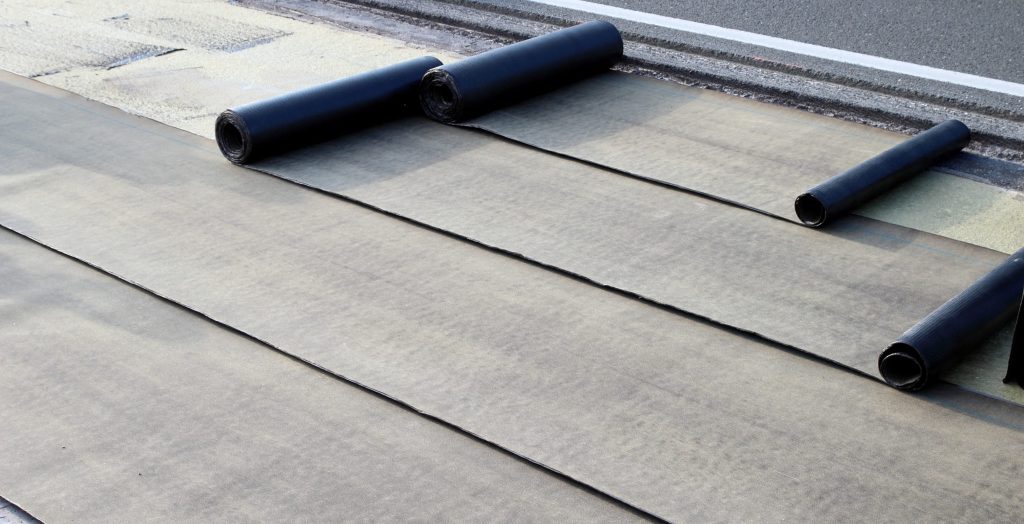A flat roof is simply a roof that is slightly more flat than the sloped versions of roofing. The flatness of a flat roof is defined as its pitch and typically flat roofs have greater than 10 degrees of pitch. Flat roofs were an older form of roofing mostly used in dry climates where the natural pitch of the roofing can be maintained and does not cause the entire roof to “roll back” when it rains. Today, flat roofing water drainage systems are more common and are being adopted by homeowners in more urbanized communities that have water drainage issues. Flat roofing also offers several other benefits that make them better than their sloped counterparts.
savings in energy costs
One of the biggest benefits of flat roofing is the savings in energy costs. This is due to two factors; the reduced airflow through the flat roofing, and the increase in thermal mass that the flat roofing provides. The less airflow and thermal mass there is to a roof, the less heat is conducted throughout the house. This means that the air temperatures inside the house are more moderate than in houses with flat roofs that have much larger and thicker roofs. These are the two most important benefits of flat roofing that affect both cooling and heating costs.
flat roofing durability
Another one of the key benefits of flat roofing is that it is far more durable than sloped roofing. The entire structure of flat roofing is much stronger than that of a sloped roof, especially on the top layer. Flat roofing is also more fire resistant than sloped roofing and requires far less maintenance than sloped roofing on commercial building structures.

flat roofing cons
However, all benefits come with some cons as well. Some of the most notable pros of flat roofing are that they are extremely attractive, cost efficient, and very versatile. They can be constructed on virtually any type of surface, including the face of a building. Flat roof materials are also easy to install on a flat roof, making them ideal for small to medium-sized construction projects.
commercial building interior effects
However, one of the largest disadvantages of flat roofing is the potential to damage a commercial building’s interior. Flat roofs can erode easily, which may prove very expensive in the long run. Asphalt layers within a flat roof may crack, buckle, or break, exposing the interior of the building to harmful moisture. Slopes may also expose the interior of the building, but this is usually not a significant problem unless the slope is at an angle greater than 45 degrees.
Summarizing
When comparing the pros and cons of flat roof construction, many experts recommend choosing asphalt over clay or gravel because they hold up better in hot and arid climates. The cost of flat roofs is usually more than they would be for clay or gravel roofs, but they are more attractive and provide better energy efficiency. Although they are more costly, they can also save a business money by conserving water. Flat roof construction is great in both industrial and residential climates because they are easy to construct and maintain, but they have their drawbacks.

